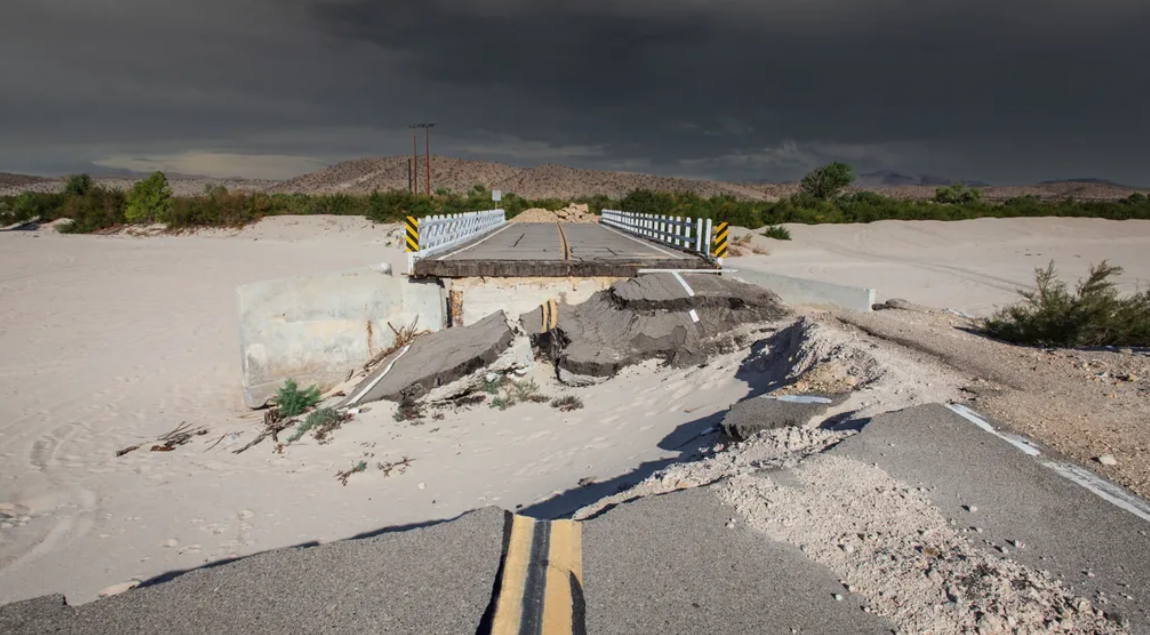A Guide to Coverage in Disaster-Prone Areas
3 min read
Living in disaster-prone areas comes with unique challenges, and securing adequate insurance coverage is a critical aspect of preparedness. This article explores strategies and considerations for finding insurance coverage in regions susceptible to natural disasters. Whether you reside in a hurricane-prone coastal zone, an earthquake-prone area, or a region susceptible to wildfires, understanding how to navigate insurance options is crucial for safeguarding your property and peace of mind.
Assess Your Risks:
Before seeking insurance, assess the specific risks associated with your geographic location. Identify the types of disasters common to your area, such as hurricanes, earthquakes, floods, or wildfires. Understanding your risk profile is essential for tailoring coverage to your needs.
Research Specialized Policies:
Many insurers offer specialized policies designed for high-risk zones. For example, if you live in a flood-prone area, explore the National Flood Insurance Program (NFIP) or private flood insurance options. Look for policies that specifically address the primary hazards in your region.
Consider Comprehensive Coverage:
Opt for comprehensive coverage that includes protection against a range of perils. While specialized policies are essential, a comprehensive insurance plan ensures that you are covered for various types of disasters, providing a more holistic approach to risk management.
Evaluate Insurer Experience:
Look for insurance providers with experience in insuring properties within disaster-prone areas. Insurers familiar with the unique challenges of high-risk zones are better equipped to offer tailored coverage and provide prompt assistance in the event of a claim.
Review Policy Exclusions and Limits:
Thoroughly review policy exclusions and limits. Some policies may have specific exclusions or limitations related to certain disasters. Ensure that you understand the terms and conditions of your coverage to avoid surprises when filing a claim.
Invest in Risk Mitigation:
Implement risk mitigation measures to enhance insurability and potentially reduce premiums. This may include fortifying your home against hurricanes, earthquake retrofitting, or creating defensible space to mitigate wildfire risks. Some insurers offer discounts for such proactive measures.
Explore Government Programs:
Investigate government-backed programs that supplement private insurance coverage. For example, in earthquake-prone areas, the California Earthquake Authority (CEA) provides additional coverage. Understanding and utilizing such programs can enhance your overall risk management strategy.
Shop Around for Competitive Rates:
Don’t settle for the first insurance quote you receive. Shop around and compare rates from different insurers. Independent insurance agents can assist in obtaining quotes from multiple carriers, helping you find the most competitive and suitable coverage for your needs.
Finding insurance coverage in disaster-prone areas requires a combination of careful research, tailored policies, and proactive risk management. By understanding your risks, exploring specialized policies, and partnering with experienced insurers, you can navigate the complexities of insurance in high-risk zones. Remember, proactive measures to mitigate risks not only enhance insurability but also contribute to the overall resilience of your property in the face of potential disasters.












